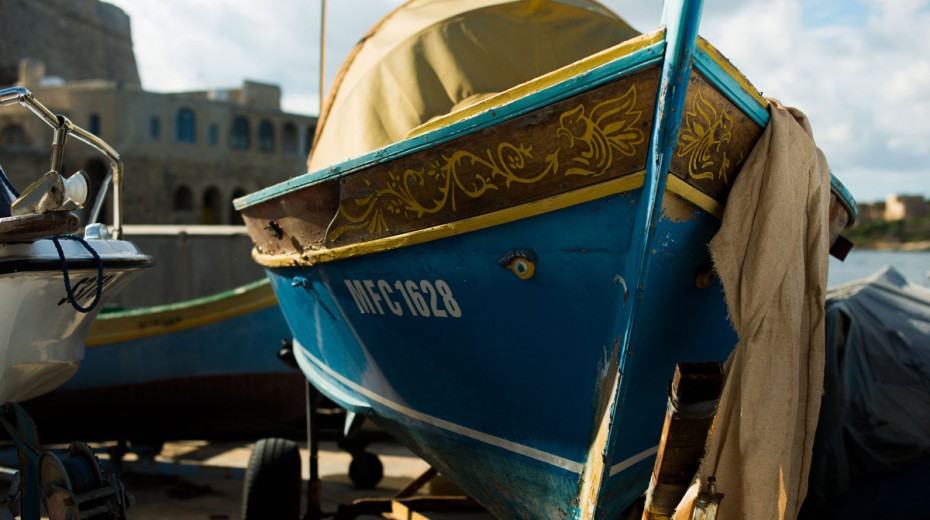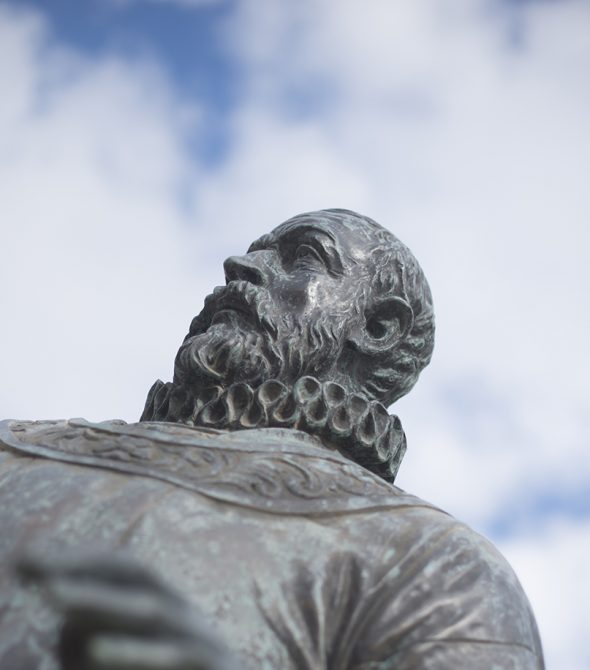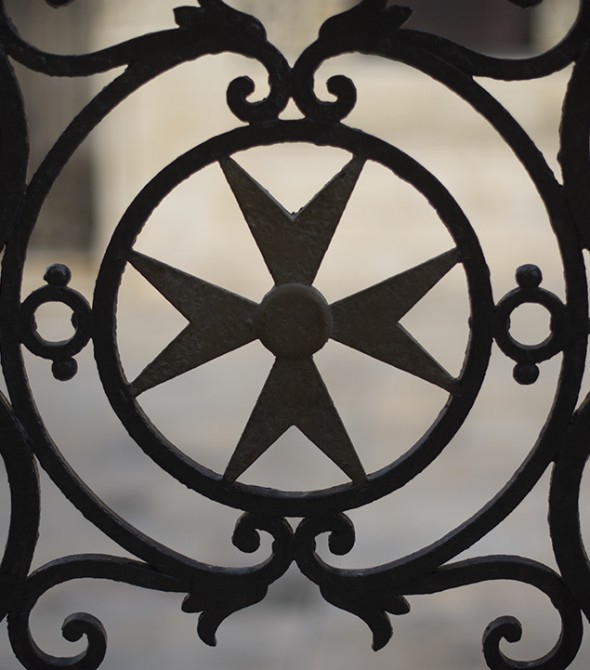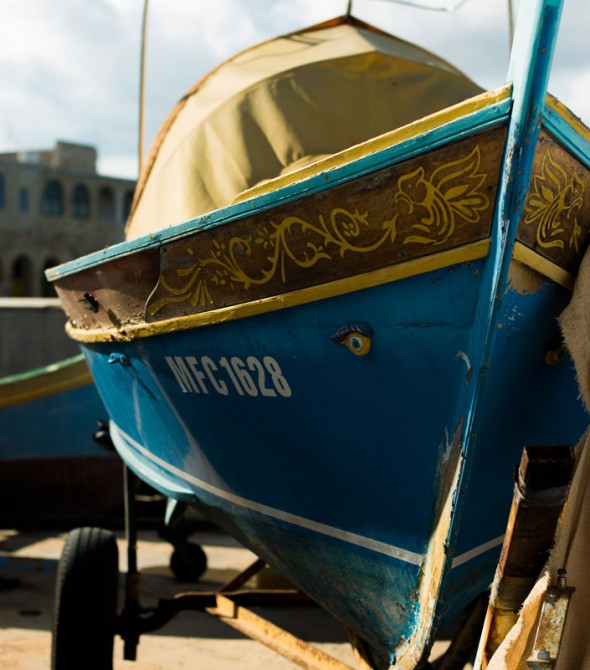Take a stroll on a balmy evening anywhere in Malta and the island’s history will speak volumes, oozing out of every crevice in its yellow limestone walls. The colorfully painted boats swaying gently with the warm breeze have an eye painted on either side, a tradition passed down generations. The thick stone walls have seen Christian soldiers from the order of the Knights of St John engaged in one of the fiercest religious battles Europe has seen. The street you just crossed however bears a Semitic name, while the greeting exchanged by the two elderly men in front of you sounded very much like French to you. Yes Malta’s history has much to do with the texture of this beautiful tapestry. The marriage and careful preservation of these influences result in an island fraught with romantic scenery, beguiling mysteries and a million and one stories to tell.
A Pre-Historic Nation
The Maltese islands are sprinkled with pre-historic buildings boasting origins pre-dating the Great Pyramid by one thousand years. Not much is known about them for certain. There have been many conjectures through the years but they are only assumptions as to why these first settlers, probably hailing from Sicily, would have built these fascinating monuments. Whatever the reasons, they stand today, defiant of centuries worth of battles and wars so the public can scrutinize their mysteries and marvel at their own assumptions. We do know however that these settlers disappeared at one point, leaving the land barren for several decades until a new people settled, ushering in the Bronze Age.
Land and Sea Masters
The Mediterranean Basin
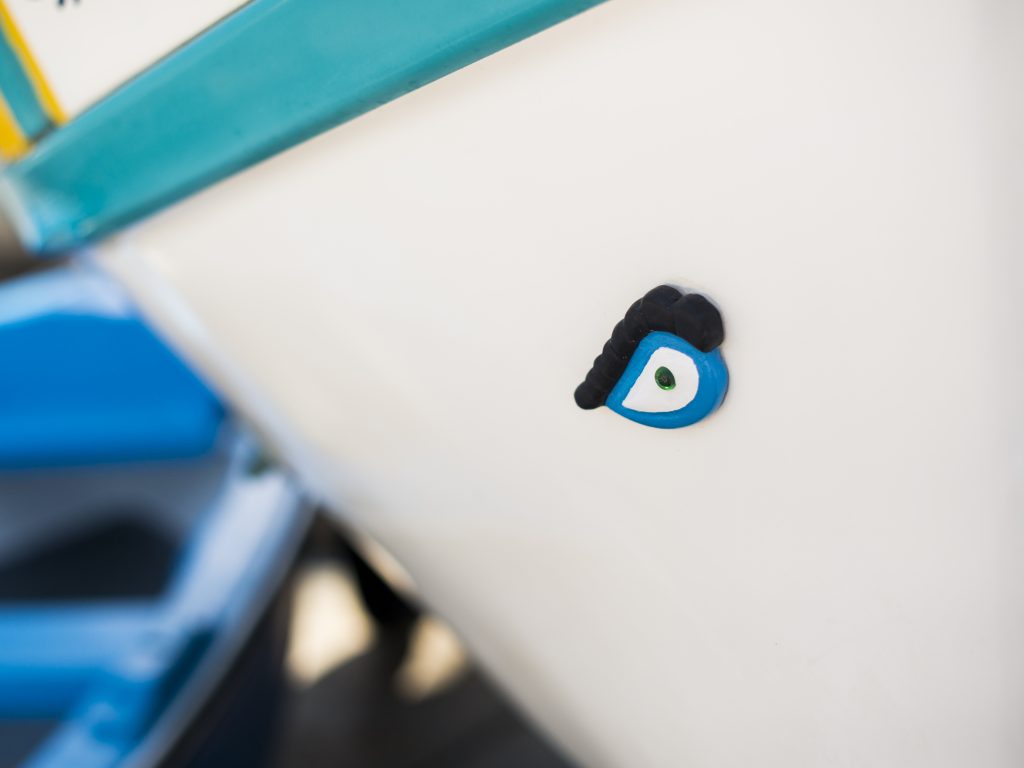
The lure of an island in the middle of such a busy and rich sea must have been hard to resist. The Phoenicians, great seafarers and merchants from modern-day Lebanon and the Carthaginians later on were the first to colonize the islands at their zenith as Mediterranean powers in 700BC. When Carthage fell to the Romans, Malta too was passed on to the new super power. During their 100 year stay, Malta enjoyed small privileges as part of the Roman Empire; it had its own coin and could handle domestic affairs in its own rights. One can find extensive Roman bath excavations at numerous points around the island, along with other smaller artefacts which made it down to our present day. When the strength of Rome started to wane and power shifted from West to East into Constantinople, Malta underwent the Byzantine rule, a period still shrouded in mystery
Arab Conquests
In 871AD, the Arabs were next in line to secure the islands, leaving behind a distinctive and enduring mark on the language and the landscape. Being perfectly balanced in the middle of the Mediterranean Sea, Malta was the perfect location to re-supply, a common sentiment felt my many thereafter. They grow new crops like cotton and citrus trees (the terraced fields reminiscent of North African plains can be traced to this period) as well as introducing an irrigation system. However, their most influencing contribution lies in the Semitic language they left behind and the various names of towns and villages still in use today. The Normans, who had just won Sicily from the Arabs, invaded the Maltese islands in 1091, ending the century long Arab rule and with it a legacy that still lingers today.
